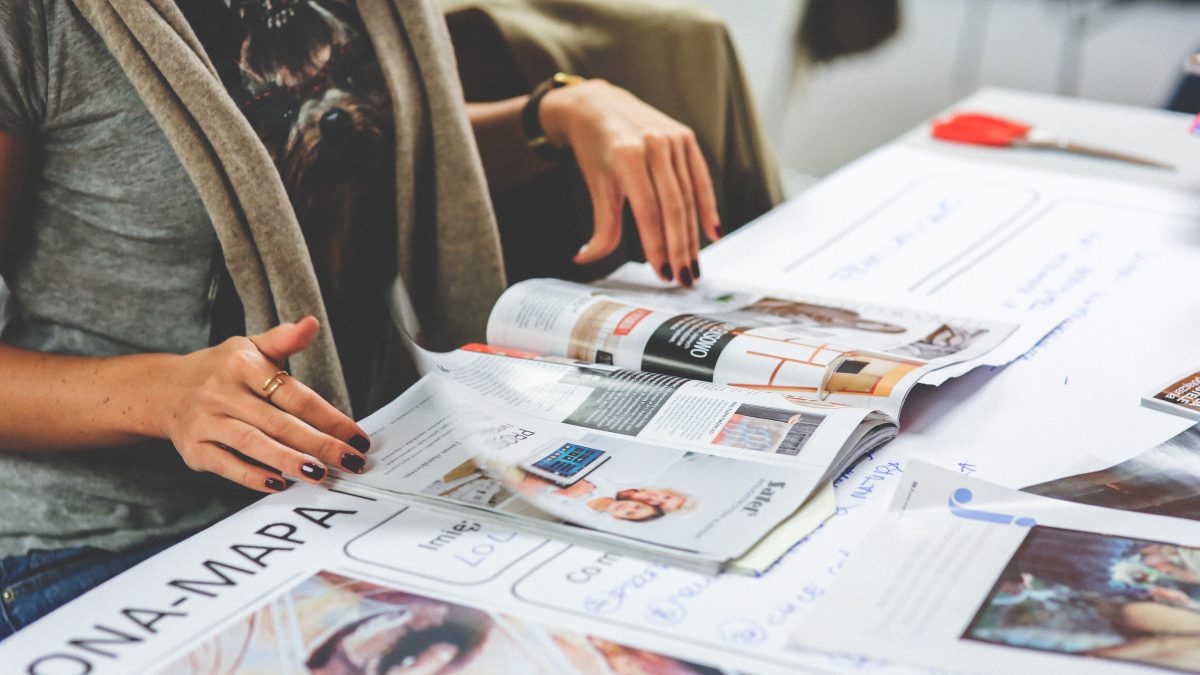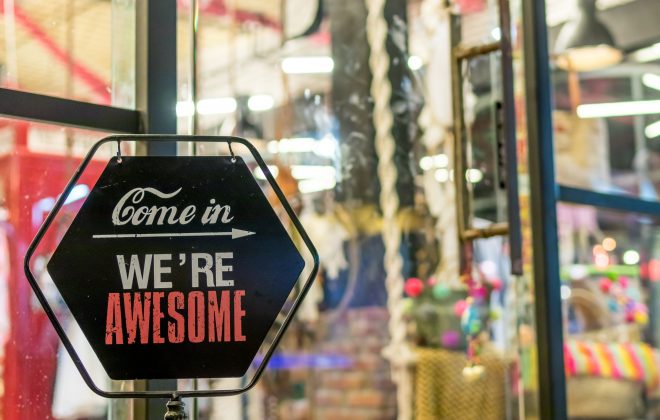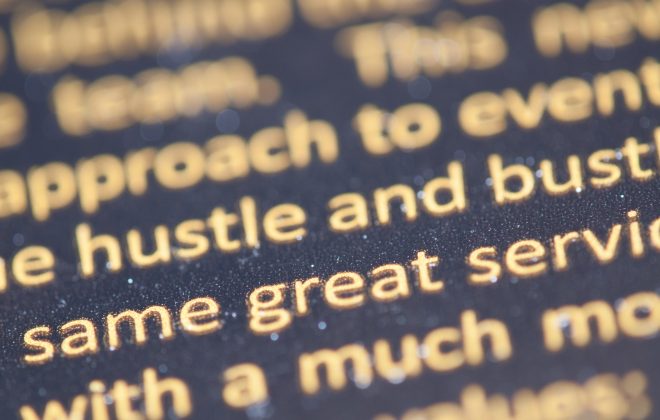Magazine Covers: A Masterclass In Effective Design
Photo by Kaboompics .com from Pexels
A well designed magazine cover is an art form. Functional, eye-catching, and reader-friendly. There are so many magazines lining the shelves of supermarkets and corner shops that just to stand out from the crowd is a huge task in and of itself.
But if you take a closer look at the cover of any magazine, you’ll see many design and layout quirks intended to draw in and hook a certain type of reader. From the type of font to the headlines and images used, a well made cover is a meticulously crafted advertisement for the nature and style of the entire publication.
In this blog, we’re going to compare the covers of three high-profile high street magazines, Grazia, Vogue, and Dazed. We’ll look at how they’re put together, and what their styles suggest of the reading habits of the audiences they’re aiming at. So let’s get started.
Grazia
You can see from the cover that this is all about the content. It’s the flavour of the month. Lots of snappy, juicy headlines enticing the reader to look inside for the latest gossip and fashion news.
The cover design is very brash and busy, and it exudes content. There’s a clear message here: this magazine is brimming with stuff. Not only that, but the high-energy, cluttered layout also gives the impression that what you’re picking up is something to be dipped in and out of. It’s something for buses, trains, and coffee breaks.
What’s also notable about this cover is the use of multiple font styles. The implication here is that there is a broad range a varied content within the magazine itself. It seems to be taking a “something for everyone” approach.
It’s layout is loose and immediate. The boldness of the design and density of images and text catches the eye and demands attention.
There’s a lead image here, but it’s not the only image. So again, this perhaps implies a broad readership, or a readership who aren’t going to give 100% of their attention to any single element of the magazine. The style of the images is also worth pointing out, in that they’re presented in a “real life” manner. Here, Angelina Jolie doesn’t look like she’s posed for a picture for the cover of Grazia.
Vogue
Similar in some respects to Grazia, Vogue opts for a much more restrained approach. Most of this restraint is visual. There’s the single, professional photograph dominating the page. There’s no “real life” paparazzi-style shots of other celebrities. And so there’s no implication of the inside scoop or juicy story element that is hinted at in the Grazia cover.
There’s also the uniformity and synchronicity to consider. First of all is the font. There’s only one style being used here. It fluctuates between uppercase, lowercase, and italics, but it’s all the same. It’s almost as if, in this way, the content is being linked. It shares a theme and so it can share a font. This could imply that Vogue is targeted towards an audience whose attention is more likely to be sustained cover-to-cover. In other words, it doesn’t give off a “dip in/dip out” vibe.
Overall, the design is much more formal in its approach. The text is neatly laid out down the lefthand side. The design and the colour palette are aligned. It appears like a more rounded, less cluttered publication.
Even compare the headlines that relates to the featured celebrities. Here, its “Ariana Grande: The Year That Changed Everything”. For Grazia, its “Angelina Floored By Final Divorce”. In the latter, there’s a much stronger sense of urgency. It’s present, she wasn’t floored yesterday or last year, she’s floored now. It’s as if the news is breaking. “The Year That Changed Everything” is referring to an extended period of time that’s already passed. The reader isn’t being promised fresh gossip, but a reflective commentary on a past experience.
Dazed
As far as covers go, this could hardly be further removed from the first two. The immediate impression, especially in a comparative light, is that this is a magazine with a very specific audience.
There’s a striking confidence in its design. The almost complete absence of any text aside from the title suggests that it knows exactly who it’s aiming at. So much so, in fact, that it doesn’t need any snappy sub-headings or enticing copy. There’s no need for a snippet of the contents, no promises, no allure, just an image and the title.
This is the sort of publication whose readers will actively seek it out. They aren’t going to pick it up on a whim from a train station newsagents. The design also suggests that perhaps Dazed has less of an issue with competition. Its aesthetic is more suggestive of a niche product. Its almost assertive in its restraint, as if it needs no bells and whistles to sell copies.
There’s no push here, it just is what it is. A minimal, bold style, which seems targeted towards a younger, more alternative audience. This is especially noticeable from the style in which the model is dressed. Nothing about her attire is mainstream. So, arguably, the image alone serves as a better advertisement for the contents of the magazine than any amount of sub-headings and copy.
Take a look at the headings here: “Personal Geographies”, “Solange In Jamaica”. They give away very little. In fact, from a layman’s perspective there seems to be no context surrounding them whatsoever. There’s no immediacy, no attempt at persuasion. It’s very laidback and effortless.
This deep understanding of its readership could certainly explain why Dazed would opt for a pared-back approach to their cover design. Even the title design is completely at odds with the others. Bold and chunky. It stands as more of a statement than a title.
Conclusion
Hopefully we’ve been able to shed some light on the effectiveness of certain design elements in regards to communicating with and persuading a target audience through cover design. Each of the magazines we’ve talked about does a fantastic job of projecting its own message in a relevant way. But, as with any article of this nature, it’s important to remember that everything mentioned in this post is purely speculative and opinion-based. We don’t claim to have any insights on the design and/or marketing processes of the magazines we’ve discussed!
For more on great cover design, take a look at our post on 10 Beautifully Eye-Catching Book Cover Designs.




